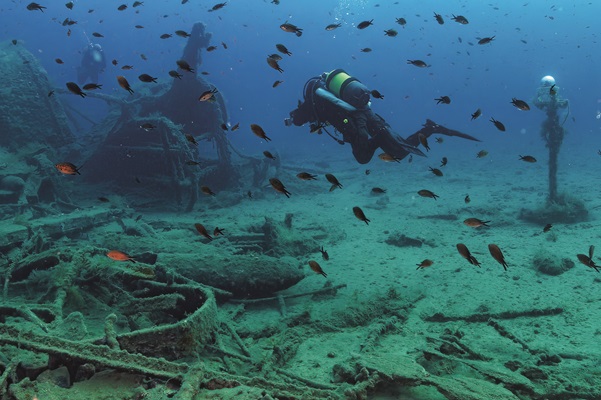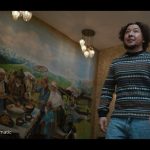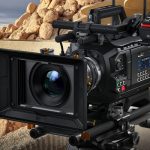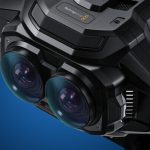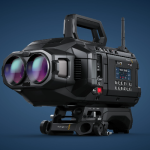When Turkish DoP Murathan Yildiz joined a group of ten professional underwater photographers and technical divers from across the globe for a five-day expedition in Gallipoli, Turkey to capture some of the shipwrecks that lie beneath its depths, he turned to the Blackmagic Pocket Cinema Camera 6K.
The world is full of wonders, including historical and cultural heritage sites like the Egyptian Pyramids and the Roman Colosseum. There are also places out of the ordinary, reserved for the most intrepid of travellers searching for a once-in-a-lifetime experience.
In northwestern Turkey, the town of Gallipoli conceals one such place, with relics from the First World War beneath its seas. Around 60 shipwrecks from the Australian and New Zealand Army Corps, who fought in the 1915 Battle of Gallipoli alongside British, Irish and French forces, lie here. For decades, this underwater area was inaccessible due to active munitions. However, since 2022 the Turkish Ministry of Culture has permitted technical and recreational diving in this protected zone.
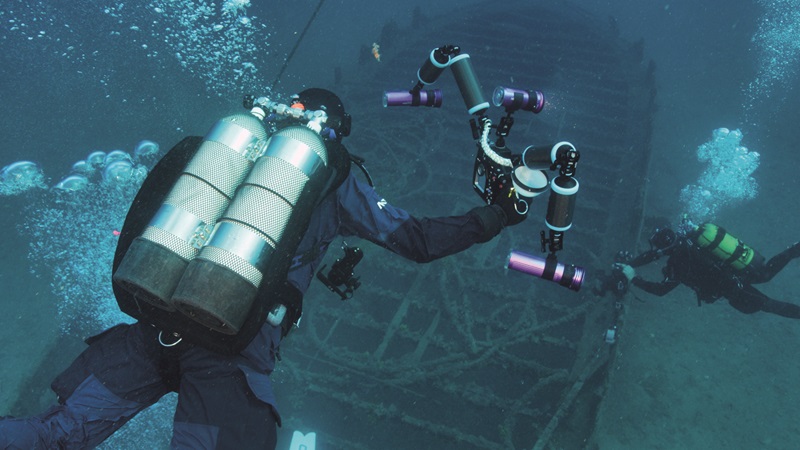 Murathan Yildiz, founder and director of photography (DoP) at Dikey Ajans, embarked on an extraordinary quest to film the Gallipoli shipwrecks. The project, commissioned by the Directorate of Gallipoli Historic Site, involved ten professional underwater photographers and technical divers who came from different parts of the world for a five-day expedition. The documentary was shot on the Blackmagic Pocket Cinema Camera 6K, with post-production completed in DaVinci Resolve Studio.
Murathan Yildiz, founder and director of photography (DoP) at Dikey Ajans, embarked on an extraordinary quest to film the Gallipoli shipwrecks. The project, commissioned by the Directorate of Gallipoli Historic Site, involved ten professional underwater photographers and technical divers who came from different parts of the world for a five-day expedition. The documentary was shot on the Blackmagic Pocket Cinema Camera 6K, with post-production completed in DaVinci Resolve Studio.
“Our goal was to shed light on a hidden chapter of history, making it more accessible to the general public. While this is a documentary, I wanted it to have a cinematic aspect with touches of drama, befitting the historical significance of the site,” explains Yildiz.
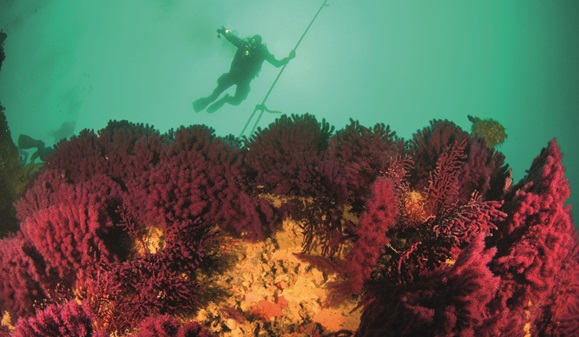
The camera, encased in a Nauticam underwater housing, was paired with specialised optical domes to correct light beam angles. Four sets of 12,000 lumen Archon DM60 underwater lights were used primarily for lighting, mounted on floating arms.
“Underwater filming presents unique challenges,” notes Yildiz. “Light and colour change dramatically with depth. Without proper lighting, the environment turns monochromatically blue or indigo. Red light is absorbed first, vanishing at depths of less than 15 feet, making red objects appear greyish. As we go deeper, orange and yellow colours then follow, fading away at around 25 feet and 35 feet respectively. Green light persists a bit longer but is absorbed around 65 feet.”
“The camera’s dynamic range, combined with the dual native ISO sensor, were crucial in realising this documentary” – Murathan Yildiz, Founder and Director of Photography, Dikey Ajana
The shortest wavelength, blue light, penetrates the deepest, reaching down about 200 feet before being absorbed. This selective absorption of light not only alters the visual experience of divers but also influences underwater photography and the appearance of marine life.
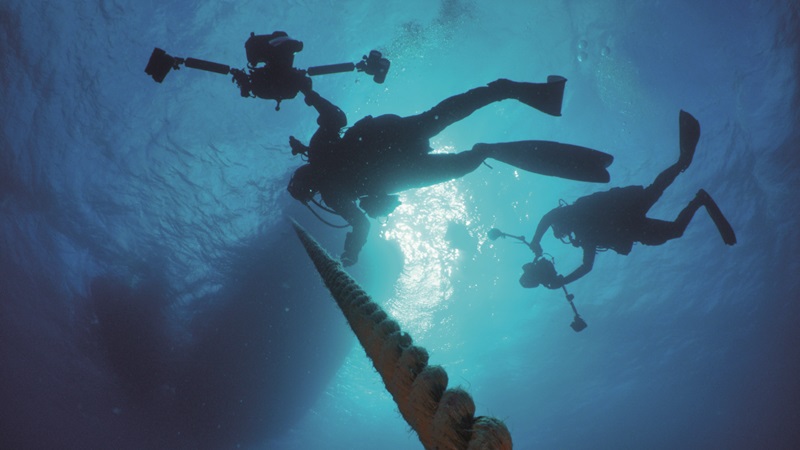 The documentary not only captures the wrecks, but also portrays the technical divers’ experiences and the marine life of Gallipoli’s seabed. As such, the production favoured the Pocket Cinema Camera for its superior colour reproduction in these challenging conditions.
The documentary not only captures the wrecks, but also portrays the technical divers’ experiences and the marine life of Gallipoli’s seabed. As such, the production favoured the Pocket Cinema Camera for its superior colour reproduction in these challenging conditions.
“The camera’s dynamic range, combined with the dual native ISO sensor, were crucial in realising this documentary, as we had to counterbalance overexposure in many plans and needed as much latitude as possible heading into post to achieve the cleanest looking image. Balancing white levels was also essential, as we had to compensate for colour loss. Depending on the light source and depth, I’d adjust the white balance to ensure accurate colour representation.
“Acquiring in 6K at 50fps using Blackmagic RAW 8:1, we also took advantage of the camera’s off speed recording function. That meant we could switch to shooting between 25 and 50fps using the HFR button, allowing us to capture breathtaking slow motion.”
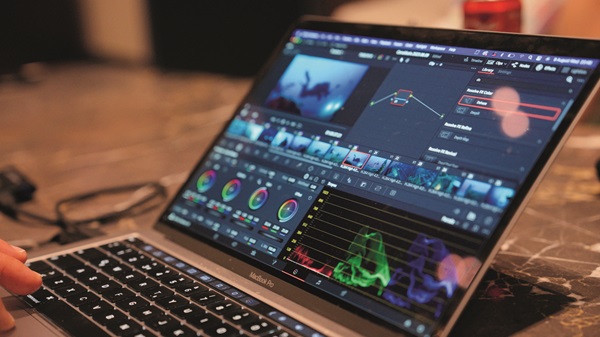
Mastered and delivered in 4K, postproduction relied on a DaVinci Resolve YRGB Colour Managed workflow, with features like the Colour Warper allowing a smoother transition in colour shift.
Yildiz, also a lecturer at Istanbul University, speaks about his editing approach.
“I am a huge fan of Resolve’s Dynamic Trim tool, which allows me to make different trim edits depending on where I place the cursor on a given clip. Allowing me to perform multiple edit tasks, this is a much faster way of working.
“A persistent challenge for us as creatives is the compromise older codecs demand. This disconnect can lead to compromises in the quality of colour reproduction in the footage. However, with Blackmagic RAW I’m assured of a versatile format that retains the full spectrum of colours during capture. This allows precise edits in post-production without the fear of losing those critical details that truly enhance the final output.”




































































